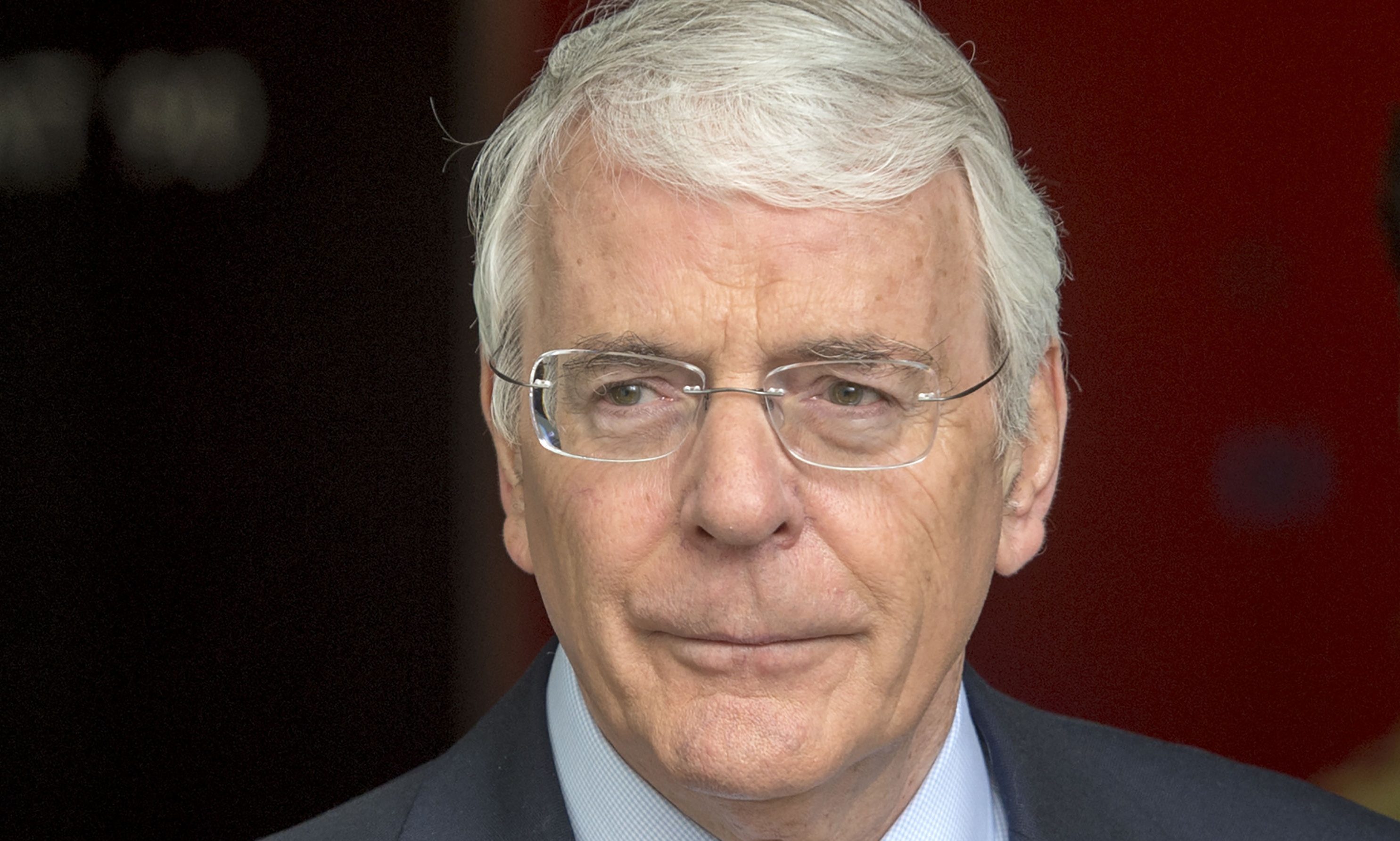Your starter for ten, no conferring. Who wrote the following words, and to whom and what was he referring?
“It is a solemn thought that almost no-one – if he is truly eminent – knows what he means.
“Look at the great ones of the earth, the politicians. We do not discuss what they say, but what they may have meant when they said it…The explanation seems just to be that it is so difficult to know what you mean, especially when you have become a swell…
“When you are called to Downing Street to discuss what you want of your betters with the Prime Minister he won’t be suspicious, not as far as you can see; but remember the atmosphere of generations you are in, and when he passes you the toast-rack say to yourselves, ‘Now, I wonder what he meant by that’.”
Grunt of recognition
I had read it just a few weeks ago, and it shuddered back into my mind with a grunt of recognition on Sunday, for not only had I just heard Sir John Major denounce the tactics of some swells in his own party as “squalid”, but I had also just read a piece by Faisal Islam in The Observer in which he wrote:
“There is another feature of the Scottish referendum that is relevant even beyond this month. Post-truth politics – the elevation of strategic political lying to an art form… repetition of false facts that do well with focus groups… eventually pollutes the political process.”
If you do not immediately know the answer to my question in the first paragraph, here is a clue: there is a sentence I omitted from that quote in the second paragraph and it comes after “We do not discuss what they say, but what they may have meant when they said it.”
It’s this: “In 1922 we are all wondering, and so are they, what they meant in 1914 and afterwards.”
The words were written – and then spoken – in 1922 then, the occasion was the rectorial address delivered at St Andrews University on May 3, and the rector in question was J.M. Barrie.
So, we do not discuss what the politicians say in this obnoxious referendum of ours, but what they may have meant when they said it.
Whatever the outcome of the referendum, nothing is surer than that a few years down the line some famous non-politician will muse out loud that “we are all wondering, and so are they, what they meant in 2016 and afterwards”.
Not least, they are perhaps already wondering what they meant when the clamour for a referendum first arose from the bleak no-man’s-land that trembles between the natural habitat of the Tory swells and the dark swamps where Ukip dwells.
The fact that it has since embroiled the Chief Swell, also known as the Prime Minister, has resulted in a procession of lesser swells eloquently demonstrating on television and in print and in what we used to call “smoke-filled rooms” that not only do they not know what they meant, they have elevated their confusion into that artform as defined by Faisal Islam.
Squalid civil war
The pursuit of the artform has taken the place of the referendum, so that now, instead of being a thoughtful consideration of our relationship with the European Union, it has evolved into a thoughtless, ungainly, ugly, and yes, Sir John, squalid civil war within Britain’s party of government.
I think we, the people of this increasingly dis-United Kingdom and the many peoples of the EU, deserve much, much better.
The debate in Scotland, such as it is, is being drowned out by the booming voices of the hectoring swells and the London media’s devotion to them. It is as ugly a demonstration of politics at work as most of us have ever seen.
Worse, it convinces no-one outwith its own preposterous bubble, where every question is answered in numbers – the cost of whatever it is in improbable quantities of billions and the number of migrants in improbable quantities of millions.
Self-induglently childish
Nothing else matters – not the environment, not nature conservation, not the colossal range of life-enhancing cultural exchanges that reach into every European capital and backwater, not the glorious freedom to travel; nothing but how better off or worse off we will or won’t be, nothing but the dismal dogma that would have us believe that the only reason to travel is to migrate.
What must it look like from the far side of the North Sea, the far side of the Channel? How small-minded it must seem, how ungracious, how insulting, how self-indulgently childish.
I can see J.M. Barrie pausing in the afterlife during the second innings of a match between the reformed Allahakbarries and a Thomas Hardy XI to scribble a note in a notebook (for he surely never gave up that habit) with a rueful smile because it recalled something else he wrote long, long ago in a previous life:
“All countries, except one, grow up.”










